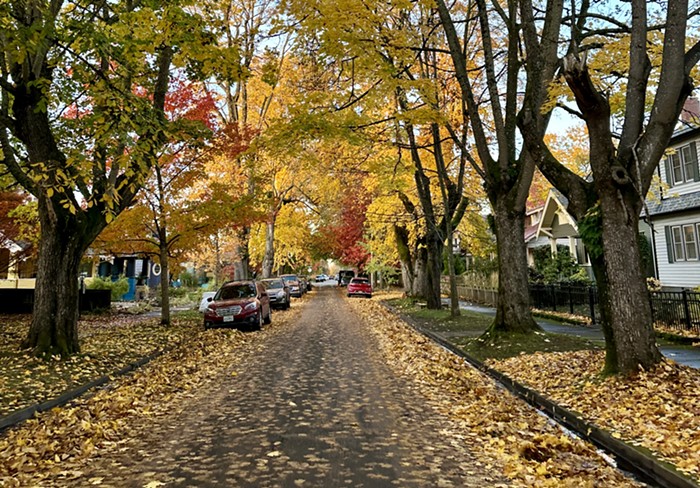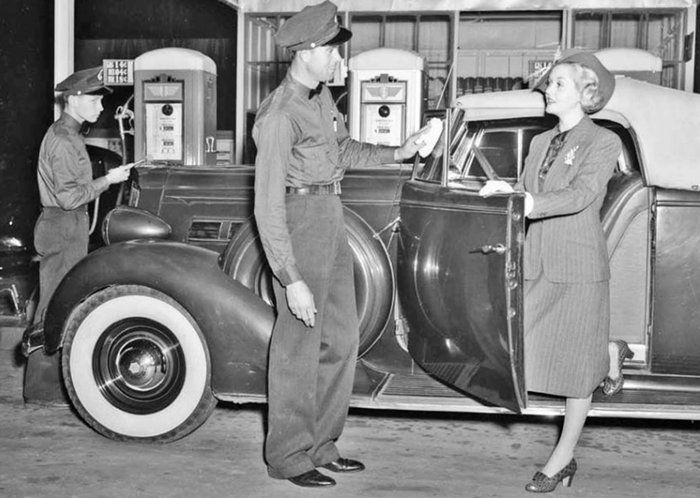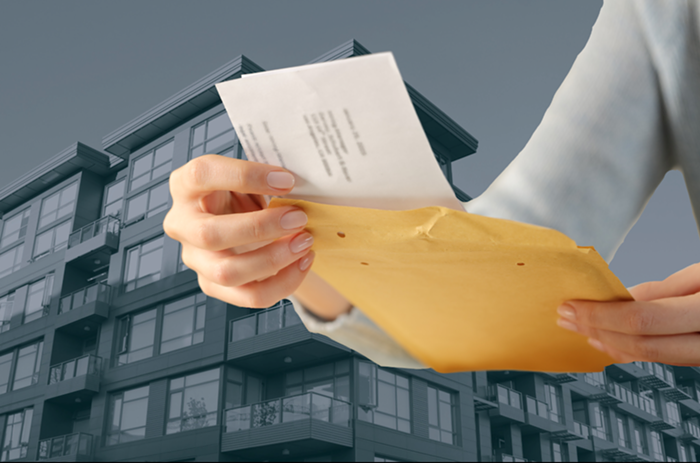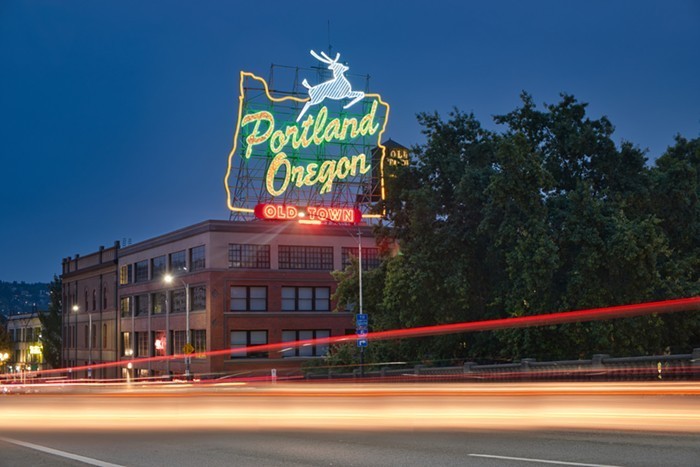
A plan to expand the Interstate 5 freeway in Northeast Portland is raising concerns among local environmental activists—and among parents at a historically Black middle school that would be affected by the expansion.
When the Oregon Department of Transportation (ODOT) released an environmental assessment (EA) last week about a proposed Rose Quarter freeway project, its findings were overwhelmingly positive. Widening a 1.7 mile stretch of I-5 that runs through the Rose Quarter would “provide a variety of transportation and environmental benefits,” the report noted, including cutting down on both traffic congestion and carbon emissions.
The No More Freeway Expansions Coalition, a Portland group that opposes the expansion, has doubts about the assessment’s reliability. Aaron Brown, a spokesperson for the coalition, said in a statement sent to the Mercury that ODOT’s findings “fly in the face of decades of public health, transportation planning and academic research, and contradict numerous headlines we've seen in local and national newspapers throughout the past eighteen months.”
Brown noted that it’s rare for freeway expansions to actually ease congestion or environmental problems in the long run, suggesting that ODOT’s claims are dubious.
“Our coalition would love to double check ODOT's arithmetic on these findings to confirm the agency isn't putting a thumb on the scale when conducting this analysis,” he said, “but we are unable to do so, since data ODOT used to conduct their traffic analysis are puzzlingly not included in the EA document released last week.”
The stretch of I-5 that would be widened under ODOT’s plan runs right by Harriet Tubman Middle School, a historically Black school that currently has a 40 percent African American student population, according to Portland Public Schools (PPS) data.
PPS closed Harriet Tubman in 2012, citing low attendance numbers. It was reopened at the beginning of the current school year—but as Willamette Week reported last year, environmental concerns have plagued the school since its reopening.
A Portland State University (PSU) study released last year warned that because Harriet Tubman is located so close to I-5, the air quality is so dangerous that students shouldn’t be allowed to play outside. Authors of that study caution that an I-5 expansion would only worsen those conditions. A video put out by the No More Freeways Coalition suggests the same.
“The levels [of pollutants] are pretty high,” said Boz Eppley, the parent of a seventh grader at Harriet Tubman. “I’m not comfortable with them. My dad died from cancer that was caused directly by benzene [one of the pollutants mentioned in the PSU study], and it is just a terrible, terrible way to die. To think that one of these kids might be dealing with that in eight to ten years is really scary.”
Eppley said she’s heard her concerns echoed by many other parents. She’s nervous that her son’s newly-developed migraines might be caused by exposure to pollutants, and other parents are worried about similar symptoms they’ve noticed their own kids displaying. One teacher has been on administrative leave since winter break because of frequent headaches, Eppley said, setting off further alarm bells for the Harriet Tubman community.
“Knowing it’s a contaminated environment, Occam’s Razor would indicate that the most likely explanation is the contamination,” she said. “My son and his friends will try to get in trouble before lunch, so that they don’t have to go outside in the yard. I know some of the kids are concerned.”
Eppley’s concerns aren’t eased by ODOT’s optimistic environmental assessment, which she said contradicts the findings in the PSU study. She plans to attend ODOT’s public hearing on March 12, happening at 4:30 pm at the Oregon Convention Center, in Room A108.
ODOT's public comment period on the expansion project is currently open, and ends April 1.



















